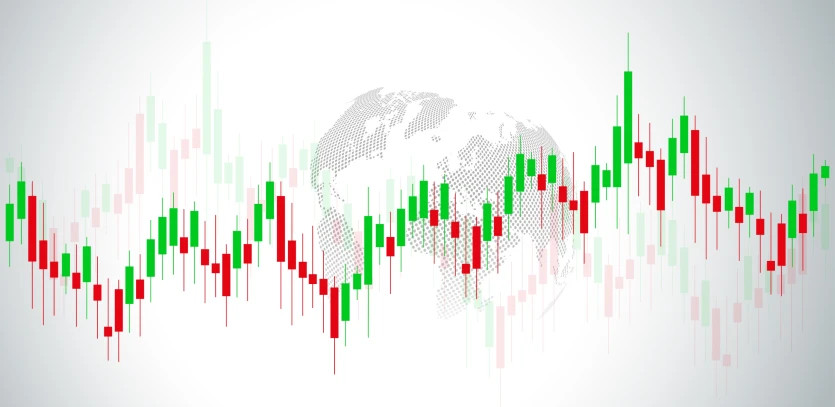Charts differ. Candlestick patterns in higher time frames do not necessarily have to look the same for each broker. Are the differences substantial? And how can they influence the results of your trading strategy?
When a trader is just starting to get into trading, he usually chooses a broker, sets up a demo account and a real account, and then gradually gains experience.
Not everyone sets up several accounts at several brokers to compare them. But that can play a crucial part in the outcome of your trading.
I am not going to talk about execution speed, slippage, fees and so on – we have written enough articles about that. I want to point out another important factor that can influence trading signals to enter or exit trades, especially at higher time frames. It is the time zone, in which the server time on the broker’s platform is running.
Different server times cause differences on weekly, daily and 4-hour charts. And if a trader takes technical analysis into account when making decisions using one of these time frames, he should really think about which time zone will be most beneficial to his trades.
For technical analysis to be successful, it is important for as many traders as possible to trade the same pattern or signal. To put it simply, it is best to choose the most used server time. Naturally, one has to consider other aspects of strategy as well.
I personally have the most experience with brokers who use the GMT+2 and GMT+3 time zones. The difference between the two time zones is that GMT+2 starts the trading week on Sundays at 11 pm, and GMT+3 starts on Mondays at midnight. On the daily chart according to GMT+2, we can see a small Sunday candlestick, and so there are six day candlesticks every week.
You can see the difference on the picture below.
Daily chart GMT+2
Daily chart GMT+3
I realize that the small Sunday candlestick on the daily chart is not a huge problem. It would probably have the biggest influence on the calculation of pivot points, but you can just check the “Ignore Sunday” box in pivot points indicators.
But look at the difference in the 4-hour time frame chart. H4 candlesticks always start at midnight of the server time. That means that not only the GMT+2 chart will show the Sunday candlestick, but that throughout the week, the open and close of the candlesticks will be an hour delayed compared to the GMT+3 chart.
And that can change the candlesticks on the chart quite a lot!
Whether you are a Price Action trader or make use of indicators, which are calculated from the OHLC (open / high / low / close) of the past candlesticks, it is clear that in many cases, one of the charts will show visible patterns or signals, and the other will not. If you are trading a breakout strategy, your entry points will be different than those of other traders from different time zones.
H4 chart GMT+2
H4 chart GMT+3
If you have a look at the charts above, you will probably see that the same H4 Pin Bars do not always have to look the same on two different charts. Naturally, server time does not matter on 1 hour and lower time frame charts, but when you move to higher time frames, it can be a crucial factor that can affect the results of your trading strategy. Strategies that are often successful can achieve different results depending on the broker’s server time, and vice versa.
The question remains: Is there a generally suitable server time, at which most indicators show better results than in other time zones long-term? In my opinion it is the one the most commonly used.
And what time zone do you use in the platform? Have you tried trading with different time zones?
About the Author:
Team Purple Trading
Purple Trading is a true and 100% fair ECN / STP forex broker providing direct access to the real market. High speed orders execution, no trade-offs, no limits for any type of trading, the most advanced trading technologies. Explore more about Purple Trading at www.purple-trading.com .
For more information on the risks of trading, click here .
P.M. Purple Trading is a trade name owned and operated by L.F. Investment Limited., 11, Louki Akrita, CY-4044 Limassol, Cyprus, a licensed Cyprus Investment Firm regulated by the CySEC lic. no. 271/15.





